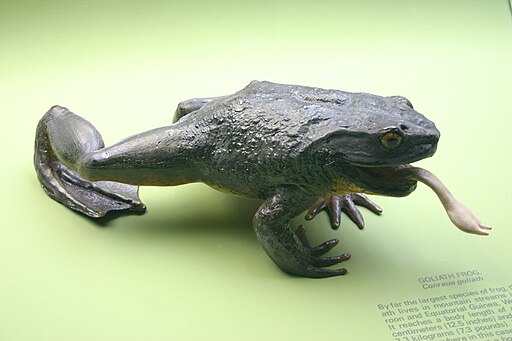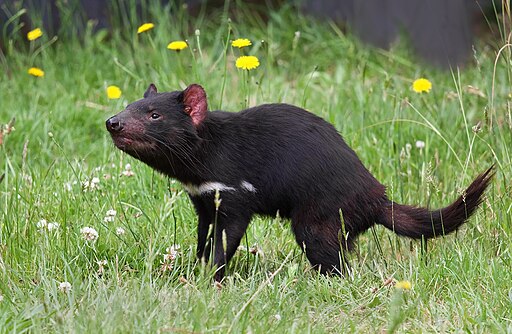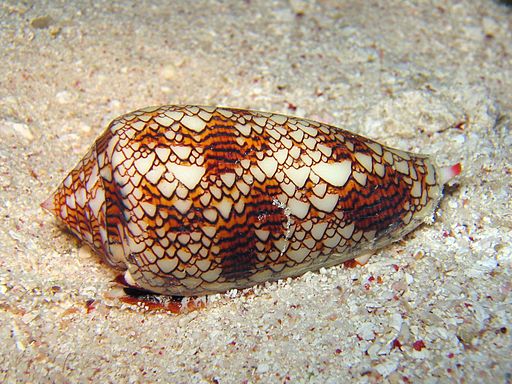Creator has given every animal its own color. We do have our own colors. The colors help us to identify climate he/she lives, race etc. But, for animals colors are given for various purposes which can be really good indicators of many things which this post illustrates.
In case of some animals, the color on its body is an indicator of how much amount of food does it get which is with flamingos. They are born white. This makes people wonder how these birds which are born white get pink in color. Well, it is an indicator for how much shrimps they have eaten. Those who feed on more shrimps get pink in color but individuals who are malnourished or who get less shrimps remain as white as snow.
Age is another indicator of colors. Wondered why some giraffes have darker spots and some lions have darker manes. It isn't because of the area where scorching heat prevails or subspecies, but of age. As they get older and older
these body parts darken.

Gender is also determined by colors. It is widely known that males of many species of birds have bright colors on their bodies to impress the mates. But,some mammals do boast them too for the same purpose. Two species of baboon are known for this quality. As naturalist Charles Darwin once proudly quoted ' No other animal in the whole class of mammals is colored in so extraordinary manner as adult male mandrills', male mandrills truly boast this quality. Another one is a male Gelada baboon which is a resident of Ethiopian highlands.
The kind of habitat where one lives is also determined on the basis of colors which is found in leopards and others. Leopards inhabiting forests boast bright yellowish orange and darker spots than those inhabiting open woodlands or plains.
The kind of genes which the animal boasts or has received also determines the color it will have. Melanin gene is responsible for black color which is the reason why an animal called panther is derived. In fact, there is no such animal called panther. Black panthers are actually leopards. Black form of leopards are like white tigers. They are only black instead of yellowish orange due to those black genes. Not only leopards, but even jaguars, pumas and surprisingly tigers do have black forms. White tigers are born if white genes are passed from their parents.
In case of some animals, the color on its body is an indicator of how much amount of food does it get which is with flamingos. They are born white. This makes people wonder how these birds which are born white get pink in color. Well, it is an indicator for how much shrimps they have eaten. Those who feed on more shrimps get pink in color but individuals who are malnourished or who get less shrimps remain as white as snow.
Age is another indicator of colors. Wondered why some giraffes have darker spots and some lions have darker manes. It isn't because of the area where scorching heat prevails or subspecies, but of age. As they get older and older
these body parts darken.

Gender is also determined by colors. It is widely known that males of many species of birds have bright colors on their bodies to impress the mates. But,some mammals do boast them too for the same purpose. Two species of baboon are known for this quality. As naturalist Charles Darwin once proudly quoted ' No other animal in the whole class of mammals is colored in so extraordinary manner as adult male mandrills', male mandrills truly boast this quality. Another one is a male Gelada baboon which is a resident of Ethiopian highlands.
The kind of habitat where one lives is also determined on the basis of colors which is found in leopards and others. Leopards inhabiting forests boast bright yellowish orange and darker spots than those inhabiting open woodlands or plains.
The kind of genes which the animal boasts or has received also determines the color it will have. Melanin gene is responsible for black color which is the reason why an animal called panther is derived. In fact, there is no such animal called panther. Black panthers are actually leopards. Black form of leopards are like white tigers. They are only black instead of yellowish orange due to those black genes. Not only leopards, but even jaguars, pumas and surprisingly tigers do have black forms. White tigers are born if white genes are passed from their parents.





























